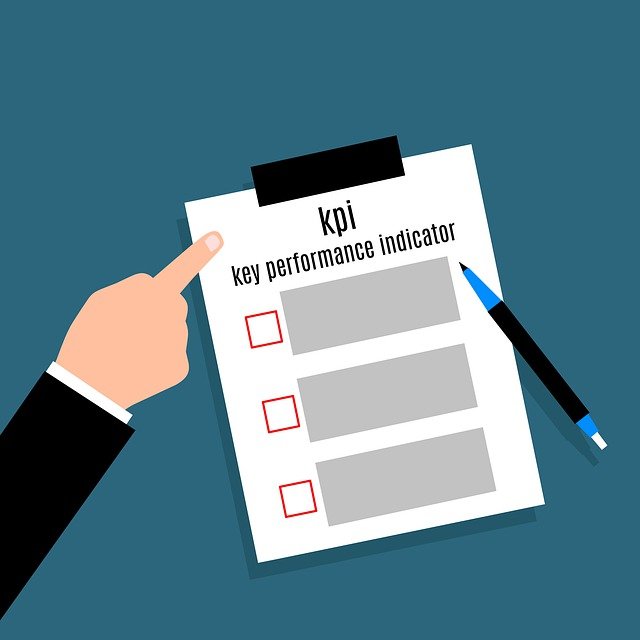
It’s no secret what a business mentoring program can do for young professionals. A business mentor can help a mentee increase their leadership skills and other skills, grow their network, gain a broader perspective, and more. Mentors benefit as well by enhancing their own leadership abilities, communication skills, and the self-satisfaction of “paying it forward” and creating their own legacy.

While you might be sold on the many benefits of mentoring to the mentor and mentee, your company’s leadership may wonder what the benefits of mentoring are for the organization as a whole. Specifically, how can a professional mentoring program help an organization reach some of its key business objectives, and ultimately increase revenue or decrease costs? In short: how do you make the business case for a formal mentoring program?
Start With the Research for Your Organization’s Business Mentoring Program
To begin building a case for a business mentoring program, start by scouring the research. There’s a treasure trove of studies supporting the varied benefits of mentoring. Mentoring has been shown to effectively increase employee retention, increase employee productivity, increase employee engagement, support diversity and inclusion metrics, increase skills for both the mentor and the mentee, and so much more.
Consider the business objectives that your organization is wanting to achieve, and then search for specific research or case studies that support those objectives. For example, if your organization wants to build a more effective leadership development pipeline, focus on research around mentoring programs building leadership skills. If your organization is focused on increasing diversity in the leadership team, focus on mentoring program research that supports DE&I goals.
Business leaders are typically interested in three things: increasing revenue, decreasing costs, and increasing customer satisfaction. It’s sometimes a challenge to translate the benefits of mentoring into these terms. Savvy leaders will already be able to connect the dots between things like higher employee engagement and increased retention with greater productivity and lower costs related to turnover, but they may not necessarily have a good idea of the scope of the cost. Do your best to quantify things like the impact of turnover on business continuity, firm reputation, and the recruitment and onboarding of replacement employees. These costs are often overlooked in organizations because they don’t show up on a balance sheet.
Many professional mentoring programs show a high rate of return on investment, and it’s a good idea to estimate what investments your mentoring program will require and what the expected payoffs are. As with nearly any human resources or organizational development intervention, a formal mentoring program requires resources. Some of these are hard costs, such as hiring a consultant to coordinate the program, or purchasing mentoring software to help match mentor and mentee pairs, provide mentoring training, and ease the administrative burden of running the program. However, the biggest resource investments in a mentoring program are typically soft costs, such as the amount of time executives must dedicate to the program. You can demonstrate that these investments are worth it by connecting the dots to the mentoring payoffs, like increased retention, greater productivity, and becoming an employer of choice.
Establish Key Metrics to You Organization’s Mentoring Program
 While background research on the outcomes of business mentoring programs can help make the case before the program begins, once the program is established you’ll need to demonstrate that the program is accomplishing its aims. Too often organizations begin mentoring programs without agreed-upon goals for a program and clear measures of success. As a result, the decision to continue the program or not is driven by the whims of leadership rather than data.
While background research on the outcomes of business mentoring programs can help make the case before the program begins, once the program is established you’ll need to demonstrate that the program is accomplishing its aims. Too often organizations begin mentoring programs without agreed-upon goals for a program and clear measures of success. As a result, the decision to continue the program or not is driven by the whims of leadership rather than data.
What metrics should you track? Consider what evidence you would need to prove that the program is working, keeping in mind that the most important metrics to track aren’t necessarily the easiest or most accessible. For example, if the goal of the program is to retain millennials, keep track of turnover rates for millennial mentees in the program and compare them to turnover rates of millennial employees that aren’t participating in the program. By demonstrating that turnover is lower for participants of the program, you can establish the value of the program. Use your cost estimates to determine the dollar value that the program brings to the organization.
Let the Business Objectives Drive the Program Design
It’s easy to get lost in the details of starting a business mentoring program. It can be exciting to think about mentor/mentee activities, and potential outcomes. However, a mentoring program can’t be all things to an organization. Be clear on the business objectives that the program is trying to accomplish and then design the program around those goals. By making a clear business case for your mentoring program and sticking to it, you can help ensure the success and longevity of your mentoring program.